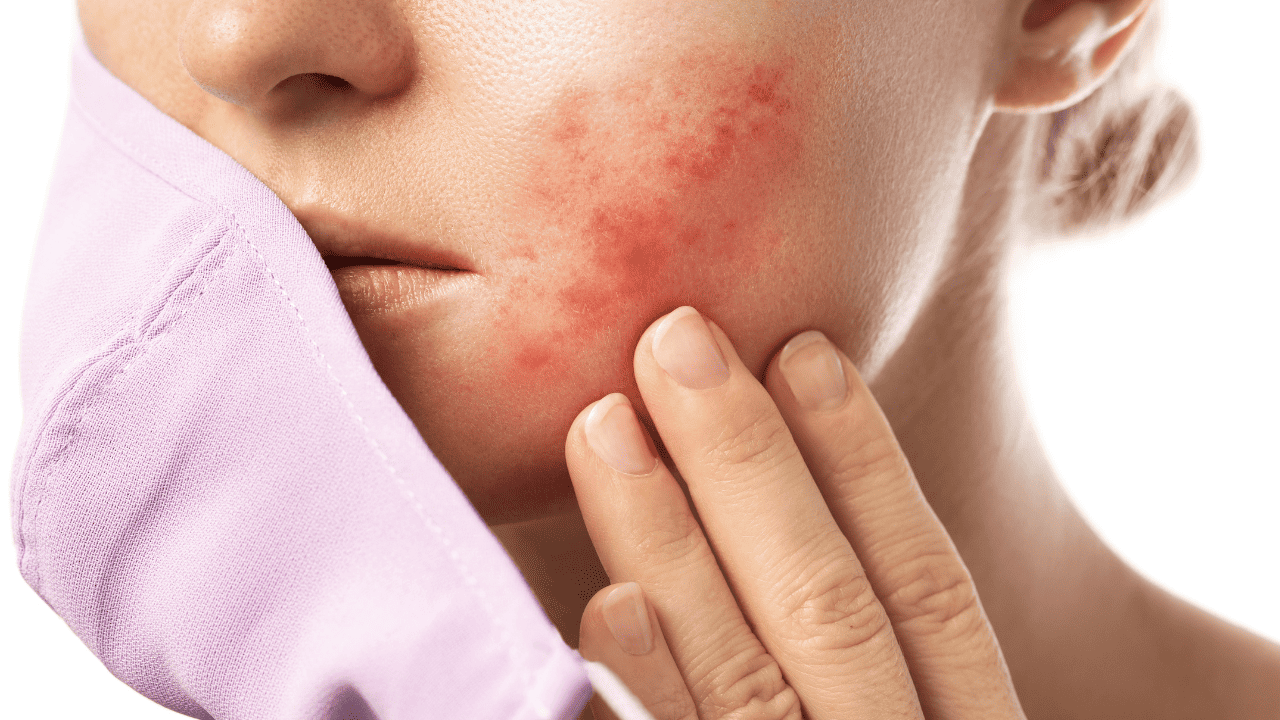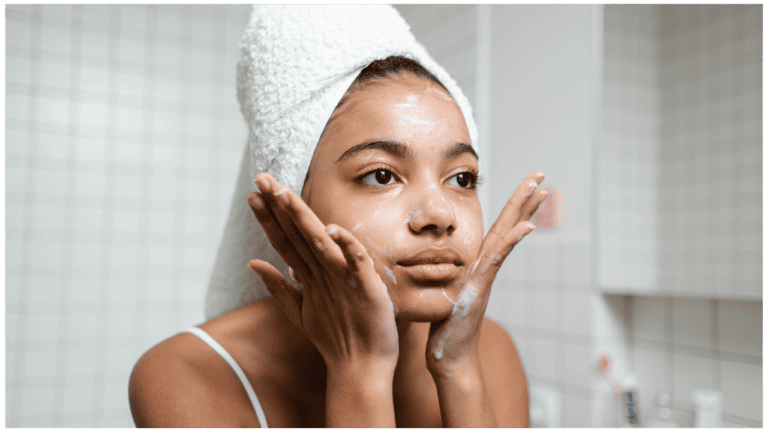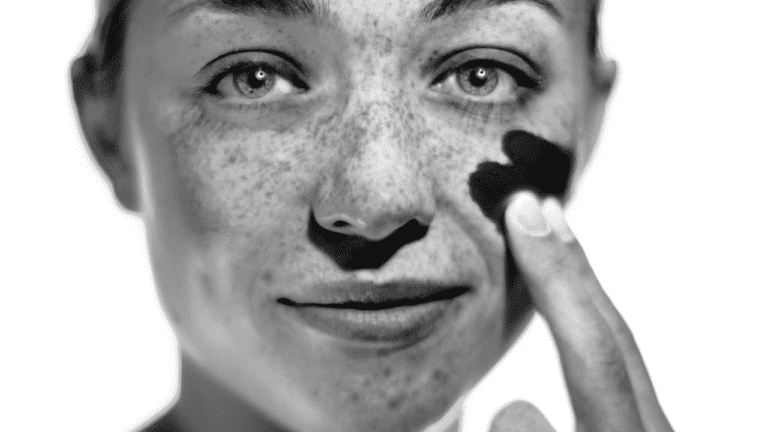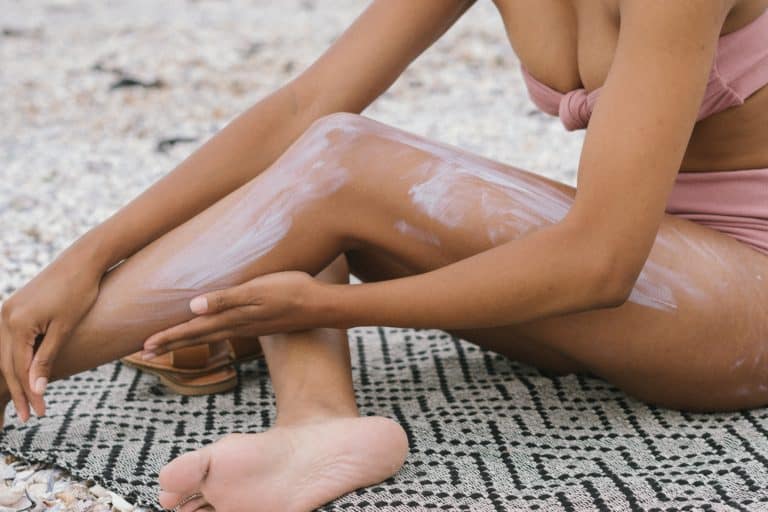Hello, skincare enthusiasts and cautious readers! Today, we’re diving into a not-so-pleasant but crucial topic: chemical burns caused by skincare products. While we all strive for that perfect skincare routine, sometimes things go awry, leading to painful and unexpected chemical burns. Fear not! This article will guide you through understanding, treating, and preventing such unfortunate incidents.
Understanding Chemical Burns from Skincare Products
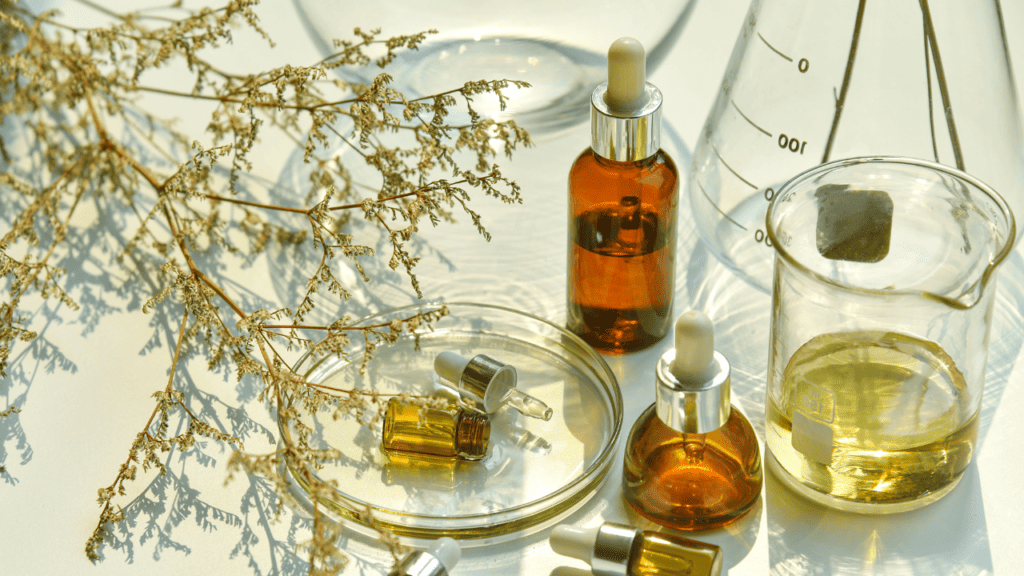
What Are Chemical Burns?
First things first, let’s break down what a chemical burn is. In the context of skincare, it’s an irritation or injury caused by exposure to harsh chemicals. These burns can range from mild redness and irritation to severe skin damage.
The Culprits in Your Cabinet
Several common skincare ingredients might be behind these burns. These include acids like glycolic acid, salicylic acid, and even some essential oils. Knowing what’s in your products is key!
Spotting a Chemical Burn
Recognizing a chemical burn is crucial for prompt treatment. Symptoms include redness, blistering, peeling skin, and in severe cases, swelling or a burning sensation.
Immediate Steps to Take After a Chemical Burn
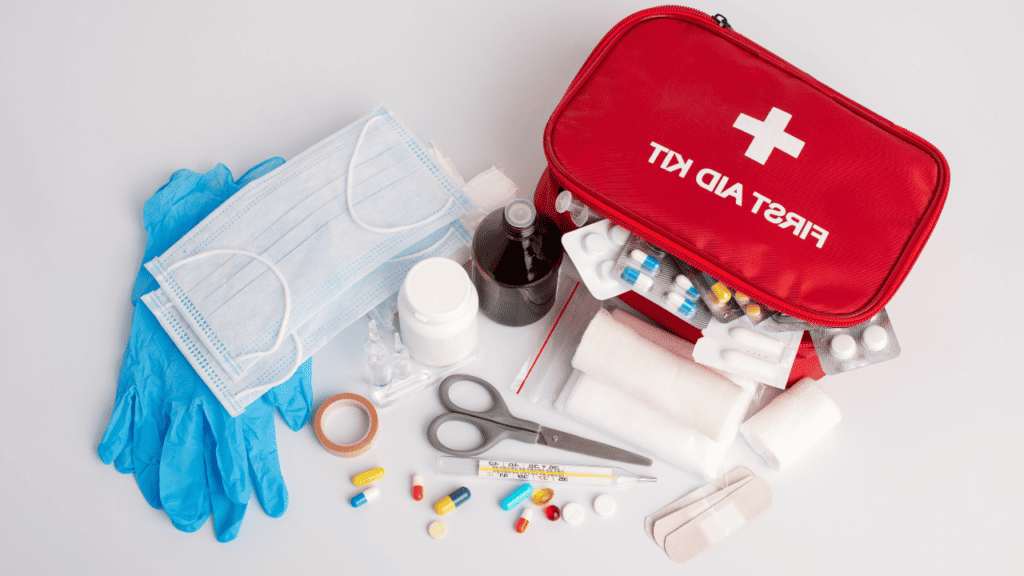
First Aid First
If you suspect a chemical burn, stop using the product immediately. Gently rinse the area with cool water to remove any remaining chemical residue. This step is vital to prevent further damage.
To Seek or Not to Seek Medical Attention
For minor irritations, home care might be sufficient. However, if you experience severe pain, extensive skin damage, or signs of an allergic reaction, it’s time to consult a medical professional.
Home Remedies for Treating Mild Chemical Burns
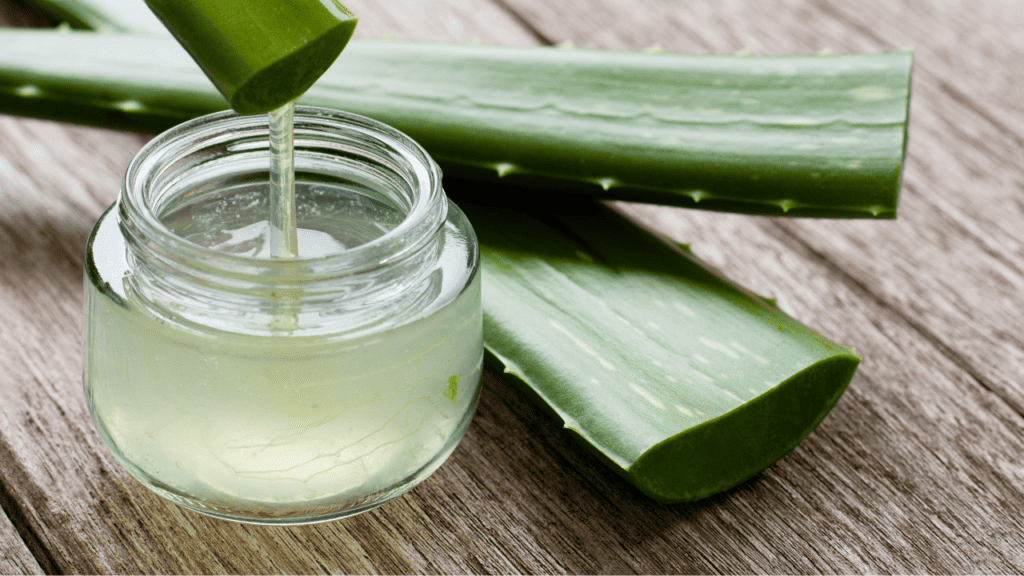
The Soothing Touch of Aloe Vera
Aloe Vera is a wonder plant when it comes to soothing burns. Apply a generous amount of pure Aloe Vera gel to the affected area to reduce inflammation and aid healing.
Cool Compresses: A Simple Yet Effective Relief
Applying a cool, damp cloth to the burn can provide immediate relief from pain and swelling. Remember, ‘cool’ not ‘cold’ is the key.
Honey: Nature’s Healer
Known for its antibacterial and healing properties, honey can be gently dabbed onto a minor chemical burn to accelerate the healing process.
Key Takeaways
- Immediate Response is Crucial: At the first sign of a chemical burn from skincare products, stop using the product and gently rinse the area with cool water.
- Identify the Severity: Mild burns can often be treated at home with remedies like Aloe Vera, cool compresses, and honey, but severe burns require medical attention.
- Prevention is Better Than Cure: Always patch test new skincare products and read labels carefully to avoid ingredients that may cause a reaction.
- Post-Burn Skincare is Gentle Skincare: Use mild, fragrance-free products and protect your healing skin with broad-spectrum sunscreen.
- Stay Hydrated and Nourished: A balanced diet and adequate hydration are key to supporting skin repair from the inside.
- Professional Help is a Must for Severe Cases: If you experience severe pain, extensive skin damage, or allergic reactions, consult a healthcare professional or a dermatologist.
Medical Treatments for Severe Chemical Burns
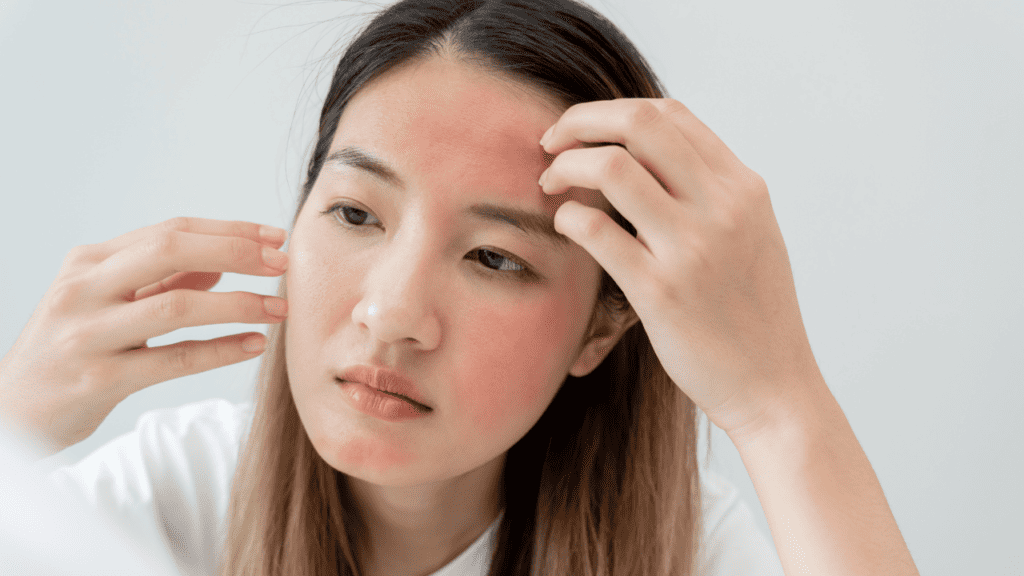
Beyond the Home Cabinet
In cases of severe burns, over-the-counter remedies may not cut it. Your doctor might prescribe topical steroids to reduce inflammation or antibiotics if there’s an infection risk.
The Importance of Professional Wound Care
Severe burns often require professional wound care. Follow your healthcare provider’s instructions meticulously to prevent scarring and further complications.
Tips for Skin Care Post Chemical Burn

Gentle Does It
After a chemical burn, your skin needs TLC (Tender Loving Care). Opt for mild, fragrance-free cleansers and moisturizers to nurture your skin back to health.
Don’t Skimp on the SPF
Sun protection is non-negotiable, especially post-burn. Apply a broad-spectrum sunscreen daily to protect the healing skin.
- Read More: Best 5 Sunscreen In 2024: Skincare
Hydrate and Nourish
Healing from the inside is just as important. Stay hydrated and eat a balanced diet rich in vitamins and minerals to support skin repair.
Preventing Chemical Burns from Skincare Products
Patch Test: Your New Best Friend
Always patch test new skincare products. Apply a small amount to your inner forearm and wait 48 hours to rule out adverse reactions.
Read, Understand, Repeat
Understanding product labels can be a game-changer. Be aware of the ingredients in your skincare and avoid those that have previously irritated your skin.
When to Consult a Dermatologist

Recognizing Red Flags
If you experience recurring issues or severe reactions, it’s time to see a dermatologist. They can provide tailored advice and treatment options for your skin type and concerns.
Conclusion
In the quest for perfect skin, mishaps can happen. However, armed with the right knowledge and precautions, you can navigate the world of skincare safely and effectively. Remember, when in doubt, always consult a professional!
Frequently Asked Questions (FAQs)
How do I know if my skin reaction is a chemical burn?
A chemical burn from skincare products usually presents as redness, irritation, peeling, blistering, or a burning sensation on the skin. If these symptoms appear after using a skincare product, it’s likely a chemical burn.
Can all skincare products cause chemical burns?
While not all skincare products will cause burns, those containing strong active ingredients like high concentrations of acids or essential oils are more likely to cause reactions, especially in sensitive skin.
How long does it take for a chemical burn to heal?
Healing time varies depending on the severity of the burn. Mild burns can heal within a few days, while severe burns may take weeks and require medical treatment.
Can chemical burns leave scars?
Severe chemical burns have the potential to leave scars. Prompt and appropriate treatment can reduce the risk of scarring.
